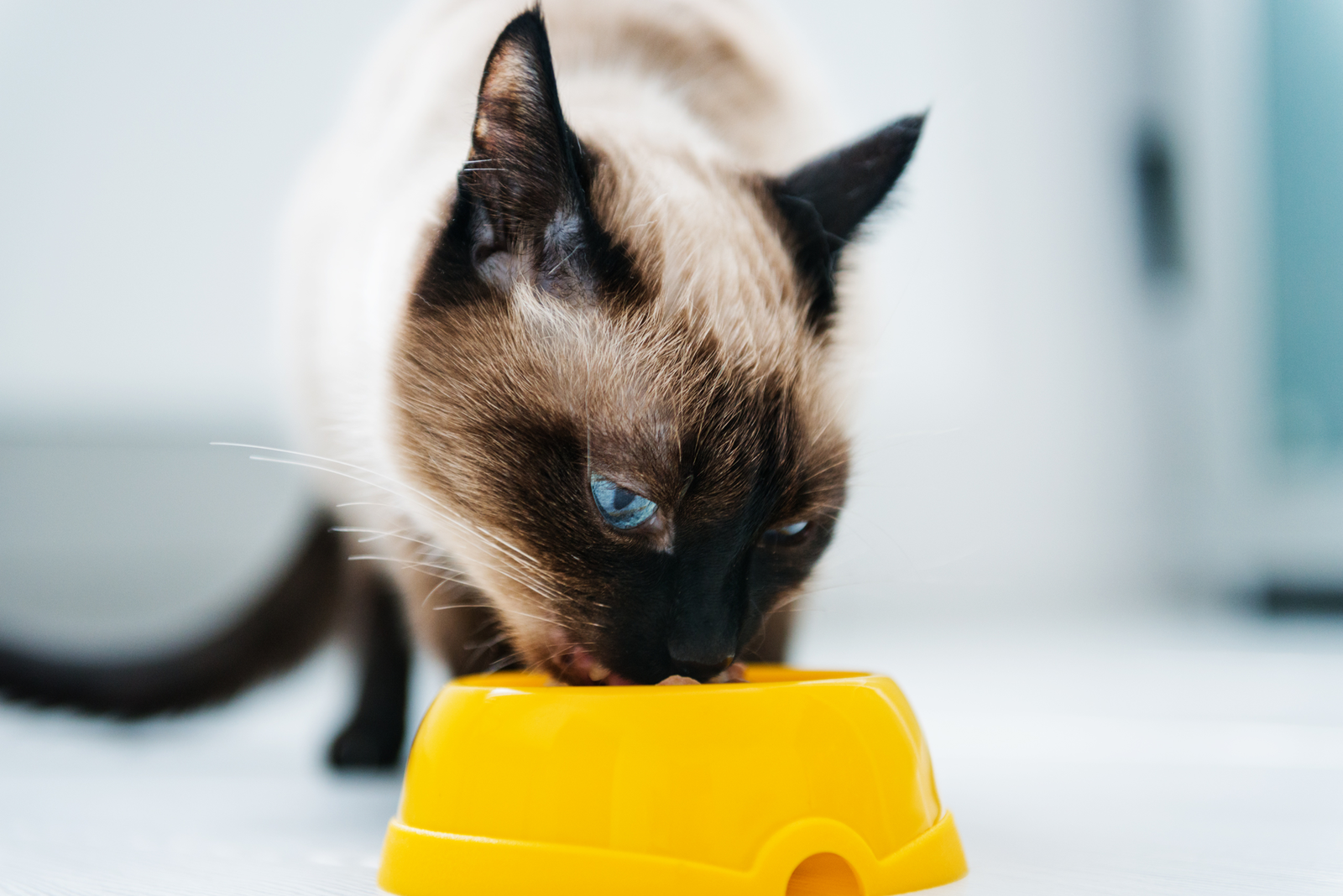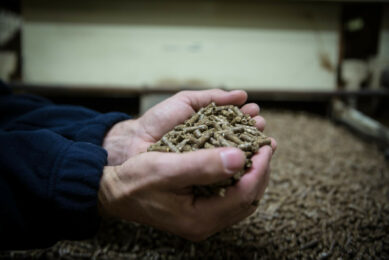Dangers of contaminated pet food under study

Pet foods and treats, when contaminated with harmful bacteria, can make a pet sick. These bacteria also can spread from an animal to its owner, who can get sick simply from handling contaminated pet food according the US Food and Drug Administration (FDA).
But how often does pet food make a cat or dog sick? Does a pet carry the harmful bacteria without showing any symptoms and, if so, for how long? And what precautions can one take?
These are some of the questions now under study by the Veterinary Laboratory Investigation and Response Network (Vet-LIRN) at the Food and Drug Administration (FDA). “Ultimately, we’re hoping to learn ways FDA can help minimise the incidence of foodborne illness associated with pet foods and treats,” says Renate Reimschuessel, V.M.D. (doctor of veterinary medicine), Ph.D., research biologist and head of Vet-LIRN. Under Vet-LIRN, FDA partners with 34 state and university veterinary laboratories across the country to investigate concerns reported by pet owners. Over the past two years, 11 of the Vet-LIRN labs have focused specifically on Salmonella infections in dogs and cats.
Stool samples with signs of salmonellosis
The goal of each lab was to collect stool samples from 100 dogs and cats with signs of salmonellosis—such as diarrhoea or bloody stool—and to collect samples from another 100 dogs and cats without signs to establish a control group. Because it’s harder to collect samples from cats, however, and because fewer cats with gastrointestinal problems were brought into veterinary clinics, the study focused mainly on dogs.
Reimschuessel says it was essential to harmonise study methods through a standard questionnaire and brochure. For example, originally, the 11 labs each had their own ideas about how to disseminate and collect information. For the study to work properly, all the labs needed to agree on what procedures to follow. Ultimately, the survey asked pet owners in-depth questions on such topics as recent signs of illness, diet (including treats), dog park visits, and medication use. Almost 3,000 animals were tested in veterinary clinics across the country.
Half of the dogs that tested positive for Salmonella showed no symptom
Researchers are currently analysing the data, and hope to publish study results no later than 2016. Careful attention is given to quality control. While final results aren’t available at this time, Reimschuessel says that the news for pet owners appears to be pretty good. Out of 2965 animals tested, researchers have found fewer than 100 actually testing positive for the bacteria. “Pet owners should know, though, that almost half of the dogs that tested positive for Salmonella showed no symptoms,” Reimschuessel says. A dog may show no signs of illness yet still carry the bacteria, which can potentially spread to other members of the household. Moreover, for young children, older adults, or individuals with compromised immune systems, bacterial illnesses can be especially serious.
Raw pet food
Additionally, the dogs that tested positive for Salmonella were more likely to have eaten raw pet food, study results show. Scientific literature indicates that raw foods are more likely than processed foods to test positive for Salmonella and Listeria monocytogenes, another common cause of disease, in part because they have not gone through a “kill step,” such as heat processing. The FDA routinely conducts sampling assignments to inform its research and surveillance activities, and this year will sample raw pet food products. The results from sampling assignments help the agency target its resources to areas that have the greatest impact on public health.
Precautions
One way to know if a pet food may be a potential source of contamination is to check FDA’s list of recalled products.
In the meantime, there are a number of steps one can take to avoid spreading illness in the event that pet foods and treats may be contaminated.
- Avoid buying pet food in dented cans or with damaged packaging.
- Feed pets in a location that can be easily cleaned and sanitized.
- Wash countertops, tables, or any surfaces compromised when pet foods have come into contact with them.
- Earmark some utensils for use only with pet foods.
- Wash hands carefully after handling pet foods.
- Keep dry pet foods in a cool, dry place and sealed in a container to prevent spoilage.
- No matter how you store your pet food, keep the original packaging which contains data such as the manufacturer’s contact information, lot code, and UPC number. These facts can be useful if a pet food is a suspected source of illness and an investigation is underway.












